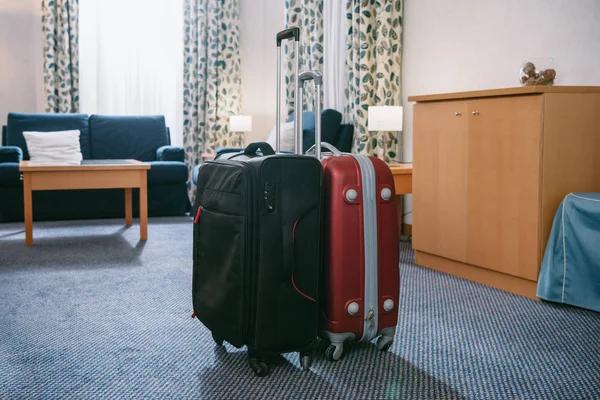
Foodie travel is a growing trend that has taken the world by storm. It combines two of life’s greatest pleasures – food and travel, to create an experience that tantalizes the senses and leaves lasting memories. The ultimate foodie travel guide will help you embark on culinary adventures around the globe, exploring diverse cultures through their unique cuisines.
Firstly, it’s essential to research your destination thoroughly before you go. Learn about the local cuisine and its signature dishes. Look for food markets, street food stalls, traditional eateries and gourmet restaurants where you can try authentic dishes. Reading reviews from other travelers can also provide valuable insights into where to eat and what to order.
In Italy, for instance, each region has its own distinct culinary tradition. In Naples, pizza is a must-try while Bologna is famous for its rich pasta dishes like tortellini and tagliatelle al ragu. When in France, don’t miss out on sampling fresh croissants in Paris or seafood delicacies in coastal towns like Nice or Marseille.
Street food tours are another fantastic way to explore local cuisine. These guided tours often take you through bustling markets and hidden alleyways where locals enjoy their meals. You’ll have a chance not only to taste delicious foods but also learn about their history and cultural significance.
Don’t shy away from trying something new during your travels either! Whether it’s haggis in Scotland or escargot in France – part of being a true foodie traveler means stepping out of your comfort zone.
Participating in cooking classes is another great way to immerse yourself in local culture during your trip. Many destinations offer courses that teach traditional cooking methods under the guidance of experienced chefs or home cooks who’ve been preparing these recipes for generations.
Remember that being respectful towards local culture is crucial when travelling as a foodie tourist too; always ask permission before taking photographs at markets or eateries especially if people are present.
Lastly, don’t forget to document your foodie experiences. Write down the names of dishes you enjoyed and take photos to remember them by. This way, you can share your culinary adventures with friends and family back home or even inspire others to embark on their own foodie travel journeys.
In conclusion, foodie travel is about more than just eating; it’s about experiencing new cultures through their cuisine, learning about history and traditions, meeting locals and creating memories that will last a lifetime. So gear up for an exciting gastronomic adventure that awaits as you traverse the globe in search of delectable delights!







